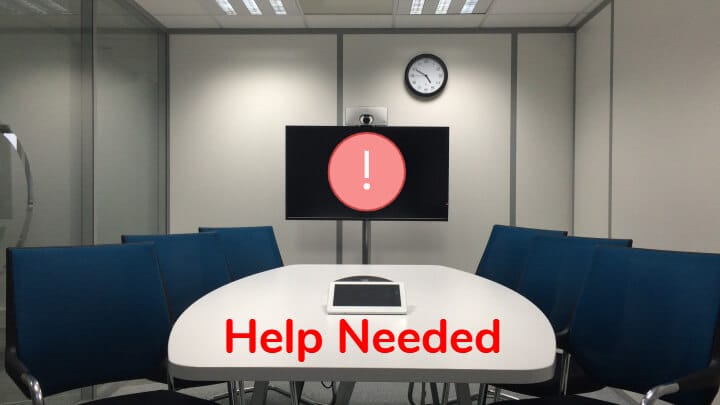Copywriting’s Huge Opportunity is Corporate Blind Spots
My employer at that time wrote roughly 6-8 substantial proposals each year to federal and state agencies. These were highly technical healthcare delivery documents by nature, but the government bureaucrats who would ultimately select the winning proposal were often not as technically experienced at healthcare delivery as our doctors, nurses and researchers.
Our proposal team struggled mightily to put our workplan into language that proposal evaluators could fully grasp. I moved into the role of translating these complex workplans into terms that others could visualize.
Copywriting is all about understanding your prospect. Knowing that all the technical proposals being sent to these bureaucrats were nearly impossible to understand, I spent my time interviewing our internal professionals.
My goal was simply to understand their deeply technical processes so thoroughly that I could write them without complex jargon. It made our plans crystal clear to those who made decisions about which proposals would win.
I also began reading direct response books at that time (early to mid 90s) and became very good at including practical explanations of the benefits gained by hiring our company. You’d be shocked how many multi-million dollar firms present features only and don’t help the prospect ‘feel’ how life will improve if they choose your product/service.
To sum it up, we moved from just over $1.5M in sales when I started to just over $10m as I was hired away for a bigger opportunity. There is magic in connecting your prospect’s problem(s) to your solution. But it can’t be wooden or obtuse. It must trigger emotion and convince the reader that this opportunity is too promising to pass up.
And finally, you ask for the business. You do that while the excitement is at its peak.

